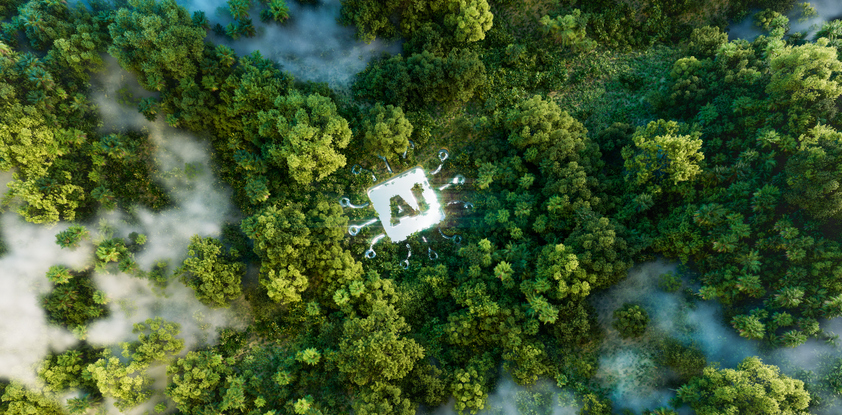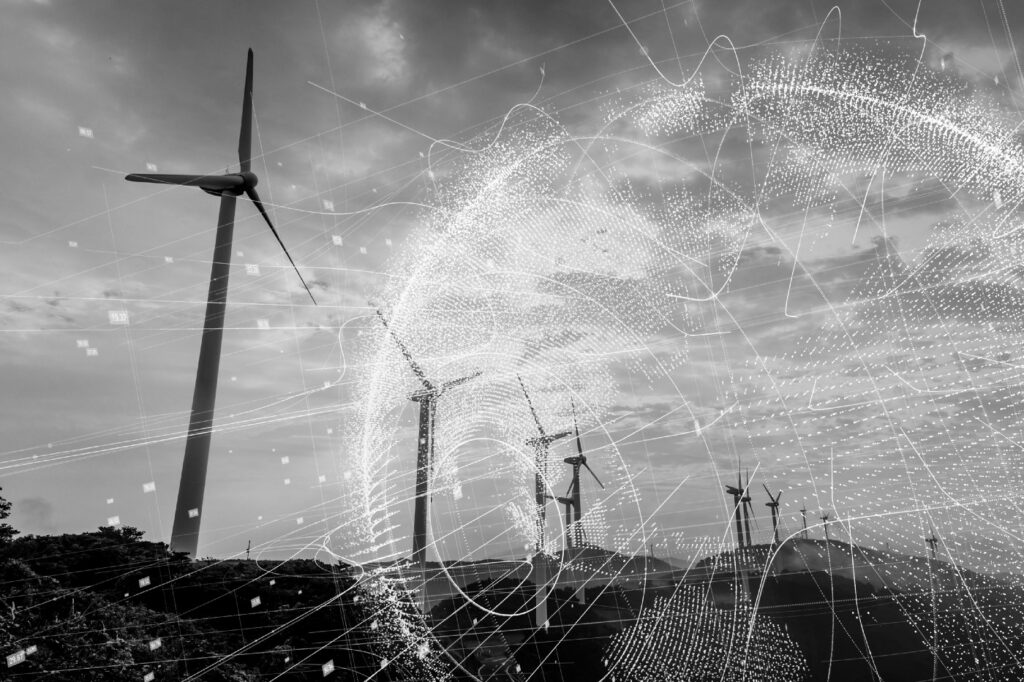At SXSW 2025, the panel on Responsible AI Infrastructure convened industry leaders to tackle a pressing question: How can we meet AI’s surging energy demands without deepening its environmental impact?
Soluna’s Chief Technology Officer, Dip Patel, joined the discussion, emphasizing the critical role of renewable energy in powering AI. He highlighted how AI-driven data centers can serve as a catalyst for clean energy adoption, unlocking the full potential of sustainable power sources like wind energy.
AI’s Growing Energy Appetite: A Looming Crisis
Artificial intelligence is hungry—and it’s only getting hungrier.
AI’s computational intensity is driving an explosion in data center construction. According to Bloomberg, cloud computing is projected to consume 8% of global electricity by 2045. Already, data centers account for 1-2% of global power use, a figure expected to skyrocket to 21% within the next decade.
Traditional energy solutions are failing to keep pace. With new nuclear reactors taking 10-15 years to build and grid infrastructure upgrades lagging, the industry must look to alternative solutions that can bridge the energy gap now.
Soluna’s Vision: AI-Powered by Nature
At Soluna, we believe the future of AI must be powered by renewables—not fossil fuels.
Our approach is simple but transformative: co-locating AI data centers with wind farms. While wind energy is abundant, transmission bottlenecks prevent its full utilization. By situating AI infrastructure directly at renewable generation sites, we enable AI workloads to consume energy at the source—without waiting for costly and delayed grid expansions.
Patel underscored that AI infrastructure must be designed holistically—not just for computational performance but also for energy efficiency. This means rethinking everything—from software and hardware to power transmission and cooling systems—to reduce AI’s carbon footprint at every level.

CTO Dip Patel joins industry leaders on a panel at SXSW 2025
Leveraging HPE’s Supercomputers for Sustainable AI
As part of our mission to build greener AI infrastructure, Soluna is leveraging HPE Cray supercomputers to power its AI-driven workloads.
High-performance computing (HPC) is essential for scaling AI applications efficiently, but it also comes with immense energy costs. By integrating HPE Cray’s advanced computing systems into our renewable-first infrastructure, we can optimize performance while reducing energy waste, paving the way for a new standard in sustainable AI data centers.
The Transparency Problem: AI’s Hidden Energy & Water Costs
One of the most striking revelations from the SXSW discussion was the lack of transparency in AI’s environmental impact.
For instance, training a large language model (LLM) requires millions of kilowatt-hours of energy. Even more concerning, AI-powered tools consume liters of drinking water per query due to cooling demands—a rarely discussed but significant consequence.
Patel stressed the need for accountability in AI energy consumption. The industry must shift from a “bigger is better” mindset to one that prioritizes efficiency at every layer—from chip design and data center placement to software optimization and energy use reporting.
A Call to Action: Innovating at the Intersection of AI & Sustainability
The conversation at SXSW made one thing clear: AI’s future must be sustainable—or risk becoming an unsustainable burden on global energy resources.
The path forward requires:
- Co-locating AI data centers with renewable energy sources to eliminate waste.
- Optimizing hardware and software for greater energy efficiency.
- Increasing transparency around AI’s energy and water consumption.
At Soluna, we’re leading this transformation—leveraging HPE’s cutting-edge computing systems and championing responsible AI infrastructure.
The Future of AI Depends on Sustainable Innovation
The AI industry is at a crossroads. The world’s computing needs are accelerating at an unprecedented rate, but the energy systems supporting them remain outdated and unsustainable. If AI is to fulfill its promise without overwhelming global power grids, the industry must rethink how and where AI infrastructure is built.
The solution isn’t in delayed grid upgrades or temporary fixes—it’s in integrating AI with clean energy from the start. By co-locating data centers with renewables, optimizing workloads for energy efficiency, and demanding greater transparency in AI’s resource consumption, we can ensure that progress doesn’t come at the cost of the planet.
At Soluna, we’re proving that AI and sustainability don’t have to be at odds. With purpose-built data centers powered by stranded wind energy, we’re demonstrating that AI can be a force for both technological innovation and environmental responsibility.
The industry has a choice: continue the status quo—or build a smarter, cleaner future for AI.
Which path will we take?
LEARN more by visiting Soluna’s Resource Center.
WATCH our latest updates and insights on YouTube.
FOLLOW us on Twitter and LinkedIn to continue the conversation.
LISTEN to our podcast Clean Integration where we cover this topic and many others. Be sure to leave a review and rate us!
SUBSCRIBE to our newsletter.




